What to do if your dog keeps barking when you leave the house, by A-list trainer Ben Randall
The unconditional love of a dog is a wonderful thing, but when they get so attached that they can't bear to see you leave then they need your help. Ben Randall explains how to stop a dog getting upset when you leave the house.
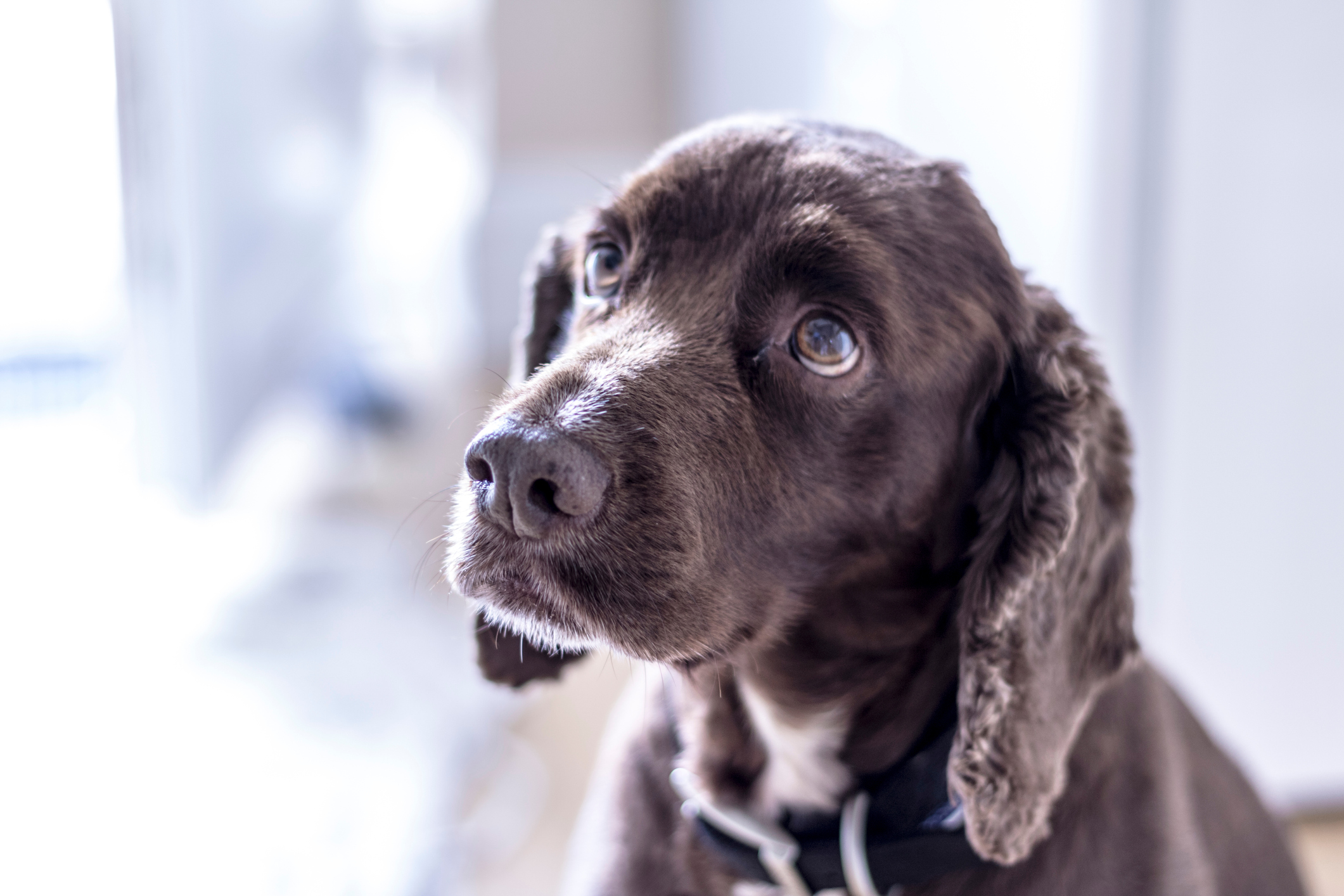

Having a strong, happy bond with your dog is one of the most wonderful things about pet ownership. But the love between you and your canine friend can sometimes mean that dogs — just like humans — can find it difficult being parted from their owners.
It's something I started to see a lot of with my Beggarbush clients after lockdown ended. We spent so much time at home with our dogs, and they got used to it — as did we. But even dogs who were born after the pandemic aren't immune, as this week's reader has discovered.
Dear Ben, our dog — a two-year-old Jack Russell — is generally calm and well-behaved, right up until the moment we have to leave the house. That sets him off barking, despite our attempts to soothe him, and he carries on barking for a good while after we've gone. He doesn't get overexcited or stressed other than that — in fact, he's even very calm when we get back home, where I know a lot of owners have dogs who go crazy when they walk back through the door. What can we do to help him with this? — L.G., Northamptonshire
This can be an awkward one to diagnose. There are SO many massive factors — and if you've been asking friends and fellow dog owners, you'll probably have found that there are so many people out there with so many views on it. Separation anxiety in dogs can come in many different forms.
The good news, though, is that while you won't necessarily be able to read your dog's mind to find out exactly what's going on, by keeping this simple and following a few straightforward steps, you'll be able to keep your dog calm even when leaving your house for hours at a time.
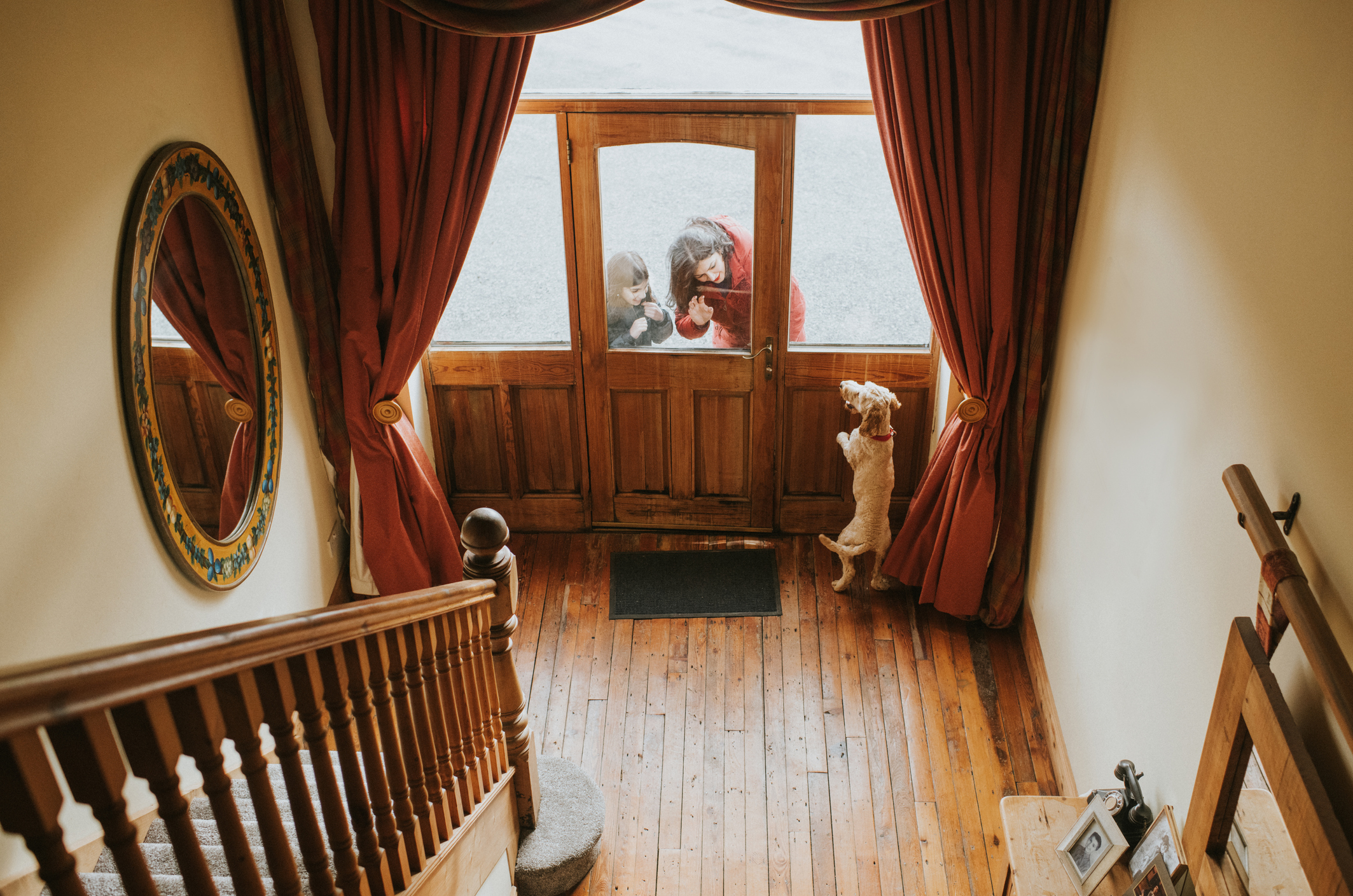
How to handle a dog who gets upset or barks when you leave the house
1. Understand that you and your dog can be happy spending time apart
Underlying all the steps here is this one key thing: your dog has become used to being around you all the time, and therefore isn't getting comfortable being alone. That's what we're going to change here: we need to get your dog used to being apart from you for respite during the day, and in the evening. The dog will trust us that being apart isn't bad: it just means that they're having their time, and you're having your time.
2. Find something that will keep your dog happy and occupied while he's alone
I like to give the dog some sort of chew bone to suit the breed. I'm a big fan of the Kong ball for this: it's an indestructible rubber ball that can be filled with a treat inside — kibble, peanut butter, pretty much anything your dog loves — inside it. It creates a real wow factor for the dog, since they get to chew away at something and get the treat out. Ask your dog to go to its safe space — probably its dog crate or dog bed — and give them this special toy only when he or she is there.
After a week or so, once or twice a day, the dog will start to look forward to time away with its Kong. Once the dog is happy and enjoying itself with the new training regime with you in the next room, or perhaps upstairs, we can then go to the next step: start leaving the dog alone while you step out of the house.
Sign up for the Country Life Newsletter
Exquisite houses, the beauty of Nature, and how to get the most from your life, straight to your inbox.
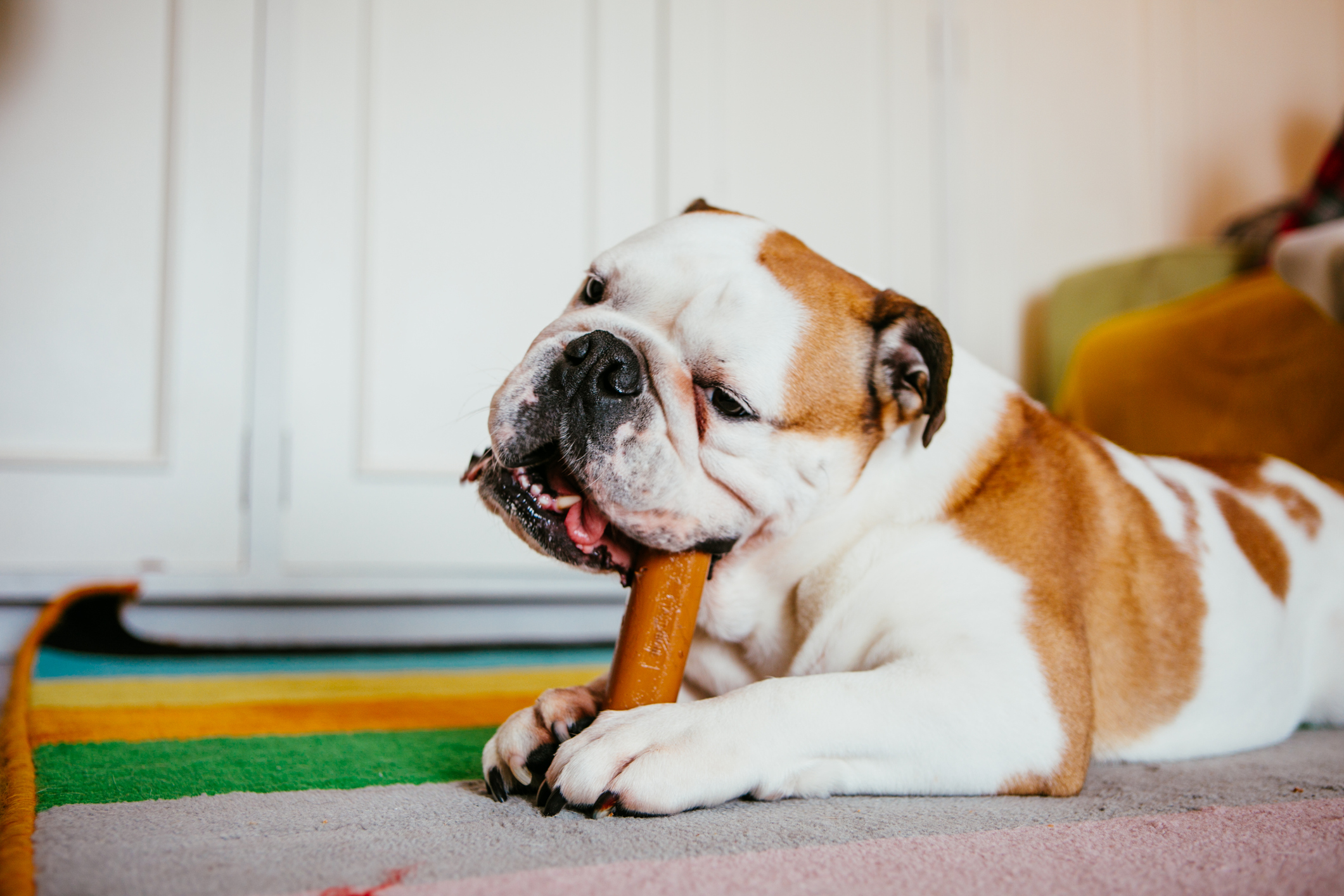
3. Set your phone up to record your dog, and leave him or her alone
This simple trick works really well: set up your phone to record the area where your dog is having their alone time and leave the house. Start with just one minute, then five minutes, then 10. Don't go anywhere at this point, but you can sit in the car and check a few emails or listen to a podcast, just to get your dog gradually used to you not being there.
When you come back in, you can listen back — or watch, if you've videoed — to see how long the dog has lasted before getting upset. If your dog makes it barely 10 seconds before its bored of the toy or treat, you'll have to find something else that can last him or her much longer. Make sure that whatever they have will give enough enrichment to keep them occupied for a long enough period of time.
4. Keep practising before leaving the house for real
Always remember: it’s your house, your front door. You can practice and simulate this training by stepping out of the house, even if you're not actually going out for a long period of time. Keep increasing, if you can, the amount of time that you leave your canine friend alone, making sure you're close by but not actually in the house. This is important: you don’t want everyone to get things right inside, and then just go to work.
5. Take your dog for a walk, or a play, before leaving it for a longer period
If I'm going out for a while, I'll always take my dog out for a quick walk, or spend time with it, before I leave. Often you'll find that when you’ve gone for a walk and returned, your dog is more relaxed — it’s been out, exercised, now it’s chilled out.
6. Work patiently towards the goal
The end scenario is this: we’re going out for a couple of hours, the dog sees us getting coat and shoes on, and automatically goes to its place and is ready for its Kong or similar reward. He or she will then stay there happily while you go out. At that point, you’ll have cracked it.
But this won't happen overnight: it's a process, a job to do, steps to follow. Breaking everything down like this will help hugely, and it's worth sticking with patiently: keep on going in and out as much as you could possibly want until they’re right. If that means spending the odd half an hour in the car doing your emails, or getting on with a chore in the shed or the garage, it's a small price to pay.
For more detailed advice about Ben Randall’s positive, reward-based and proven BG training methods, one-to-one training sessions, residential training or five-star dog-boarding at his BGHQ in Herefordshire, telephone 01531 670960 or visit www.ledburylodgekennels.co.uk. For a free seven-day trial of the Gundog app, which costs £24.99 a month or £249.99 a year, visit www.gundog.app/trial
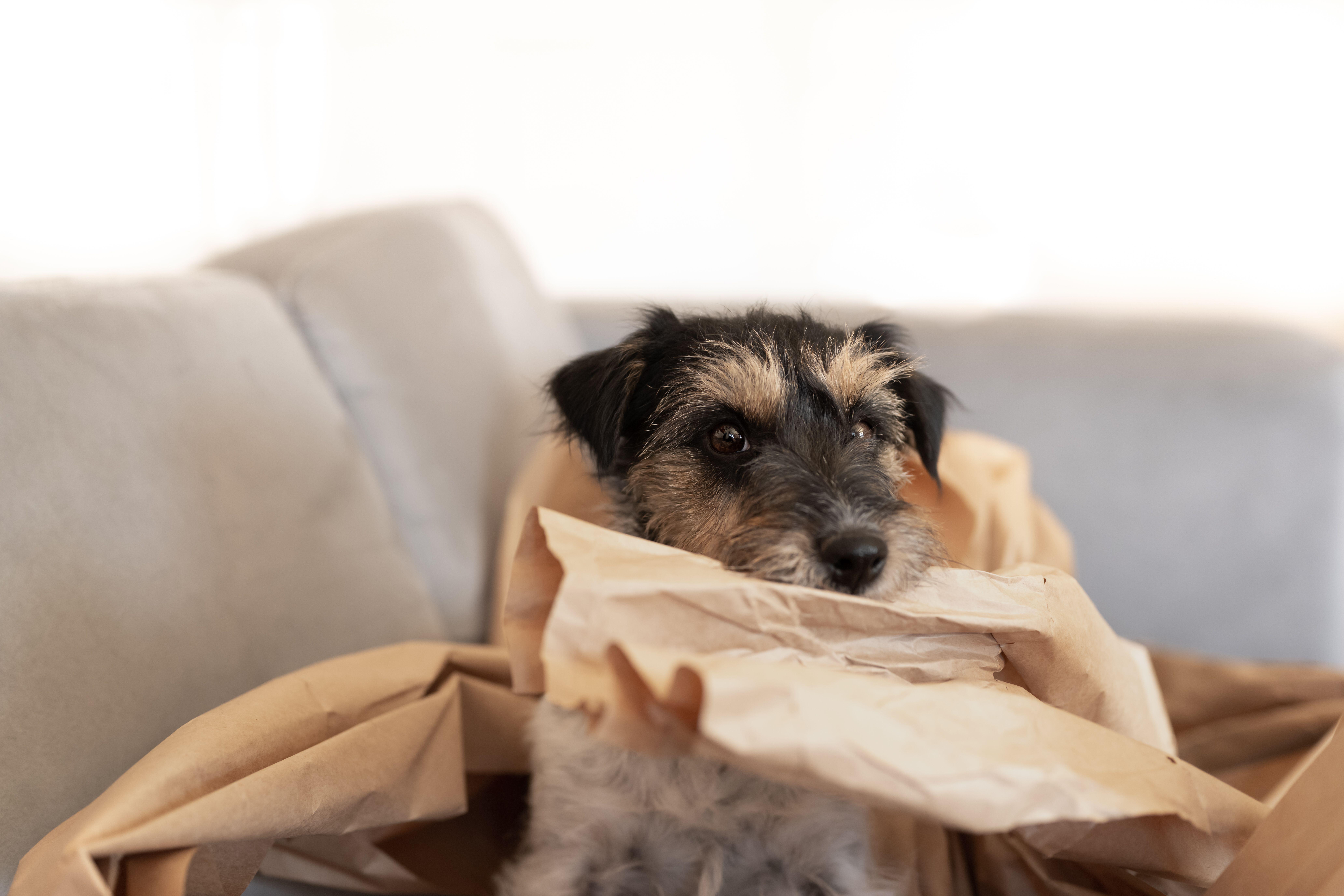
How to stop resource guarding in dogs, by Ben Randall
Resource guarding is common in dogs — but it can be solved. Award-winning dog trainer Ben Randall explains how as he
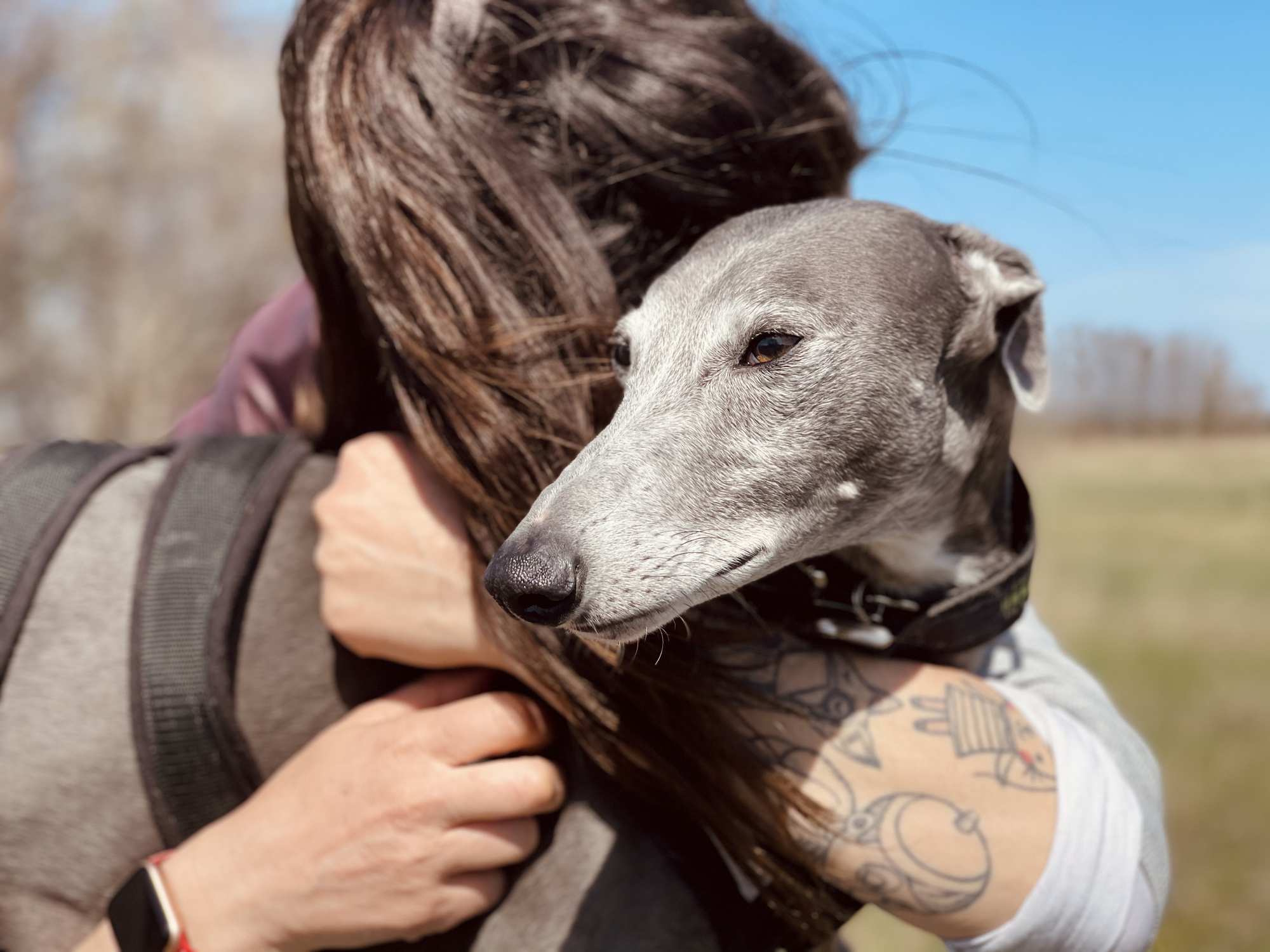
Credit: Getty Images/EyeEm
How to help a dog who's scared of going places in the car, by expert trainer Ben Randall
A retired greyhound with an unknown past is the subject of this week's advice article from our resident dog whisperer
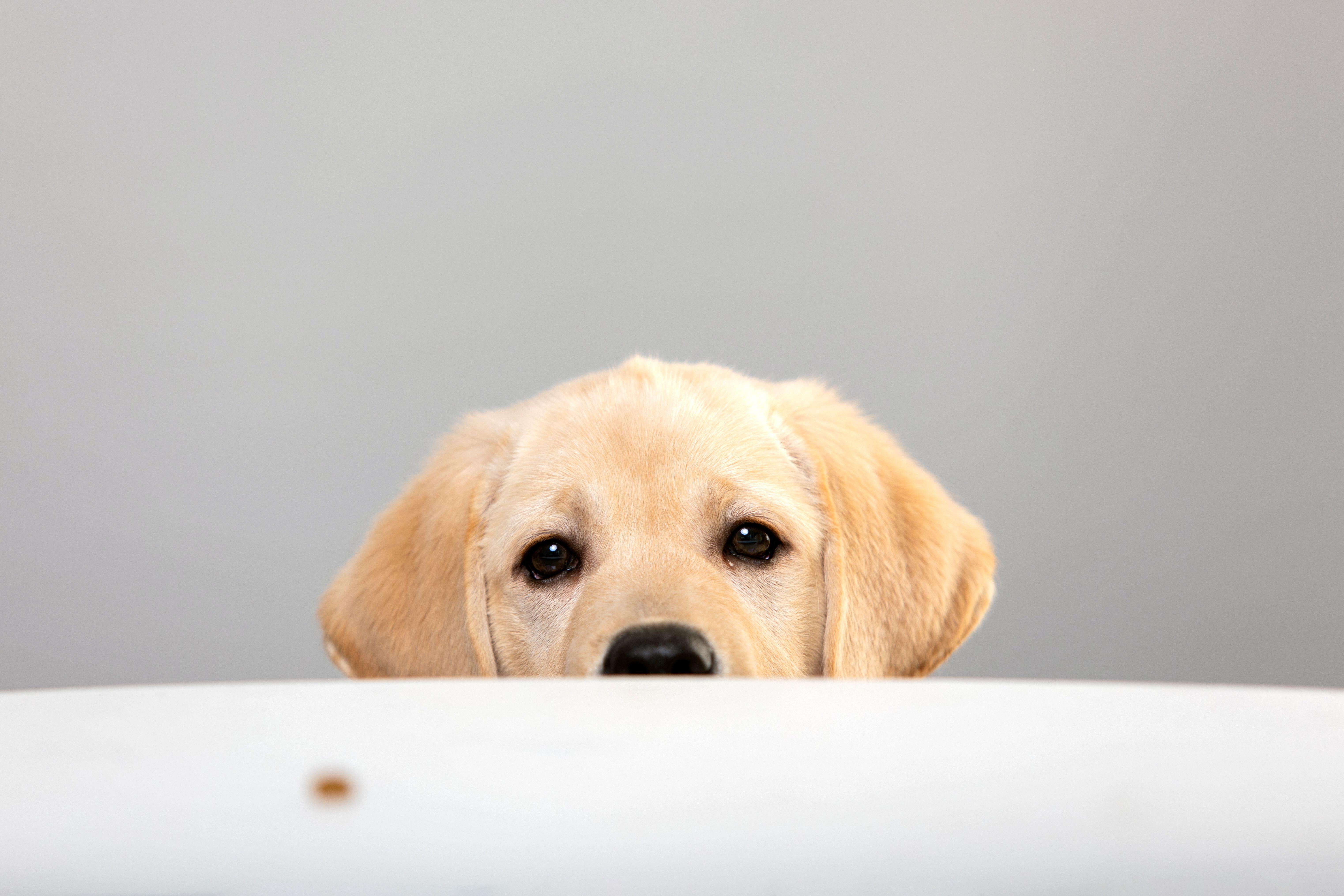
Credit: Alamy Stock Photo
How to stop your dog begging for food at the table, by expert trainer Ben Randall
Dogs begging for food around mealtimes can be adorable up to a point — but what happens when the charm wears
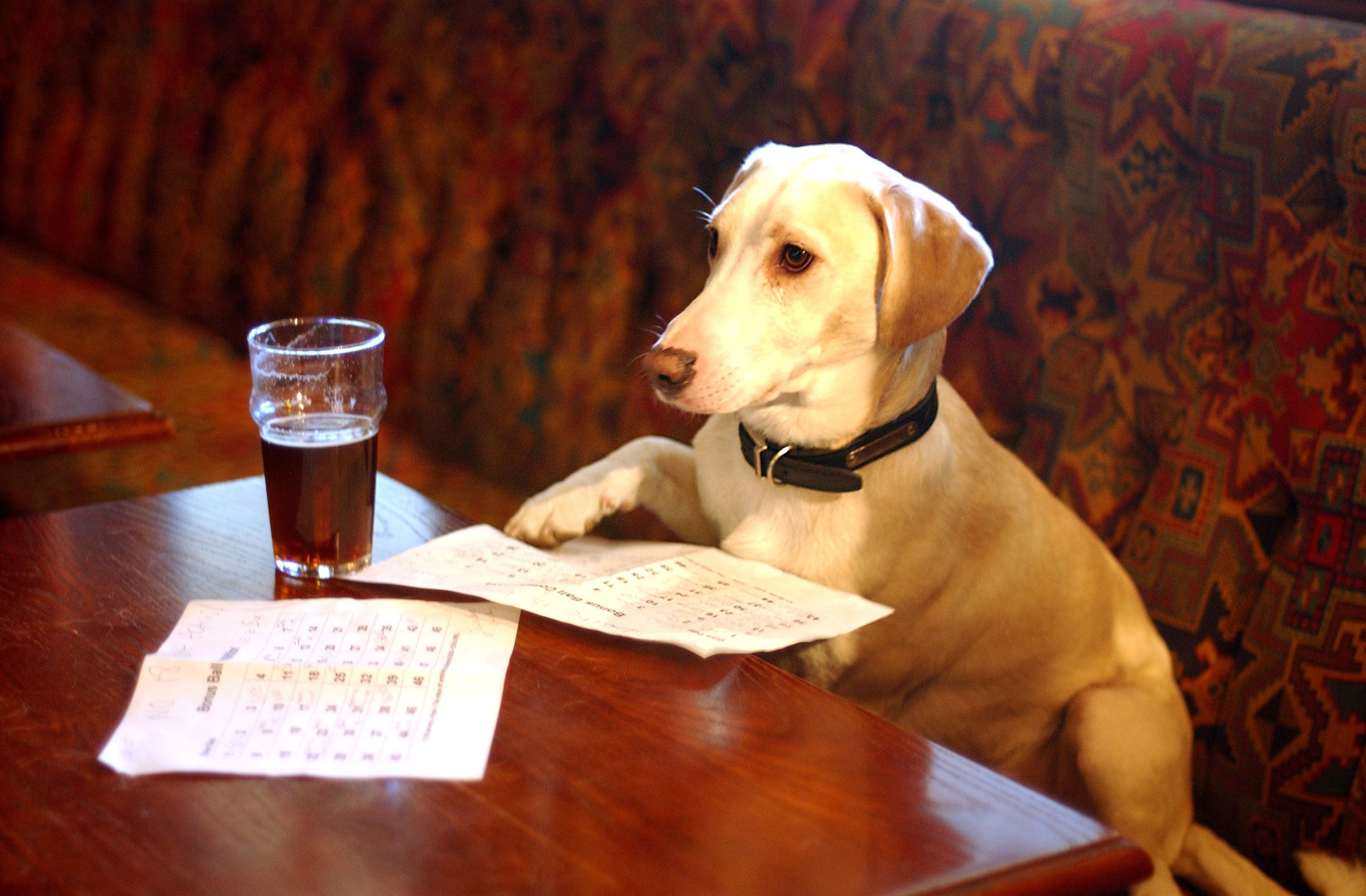
Credit: Alamy
How to take your dog to the pub, by expert trainer Ben Randall
Enjoying a drink in a lovely country pub with your dog snoozing quietly at your feet is one of the
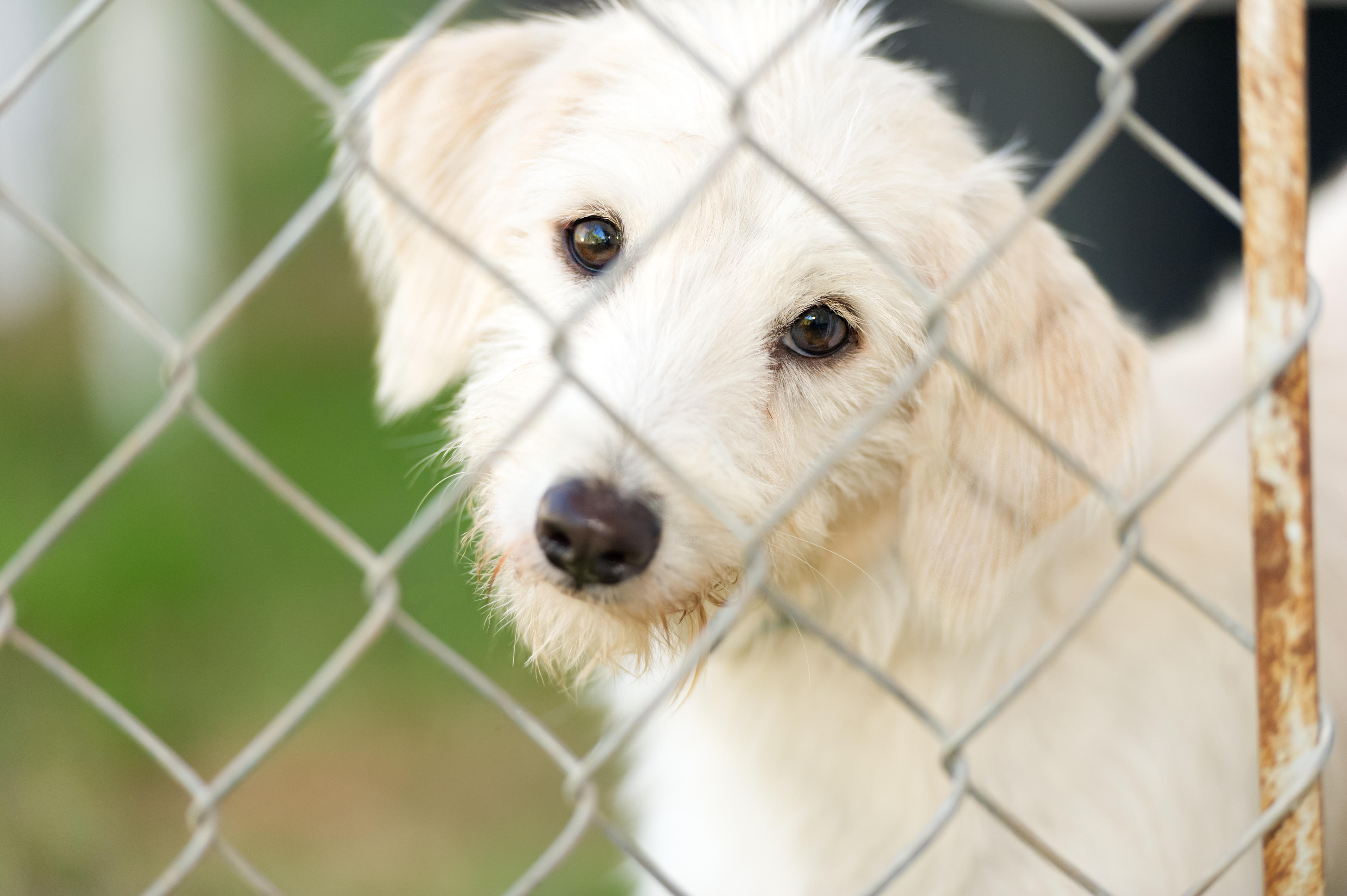
How to choose a rescue dog, by expert trainer Ben Randall
Adopting a dog in need of a new home can be a fabulous experience that will transform your life for
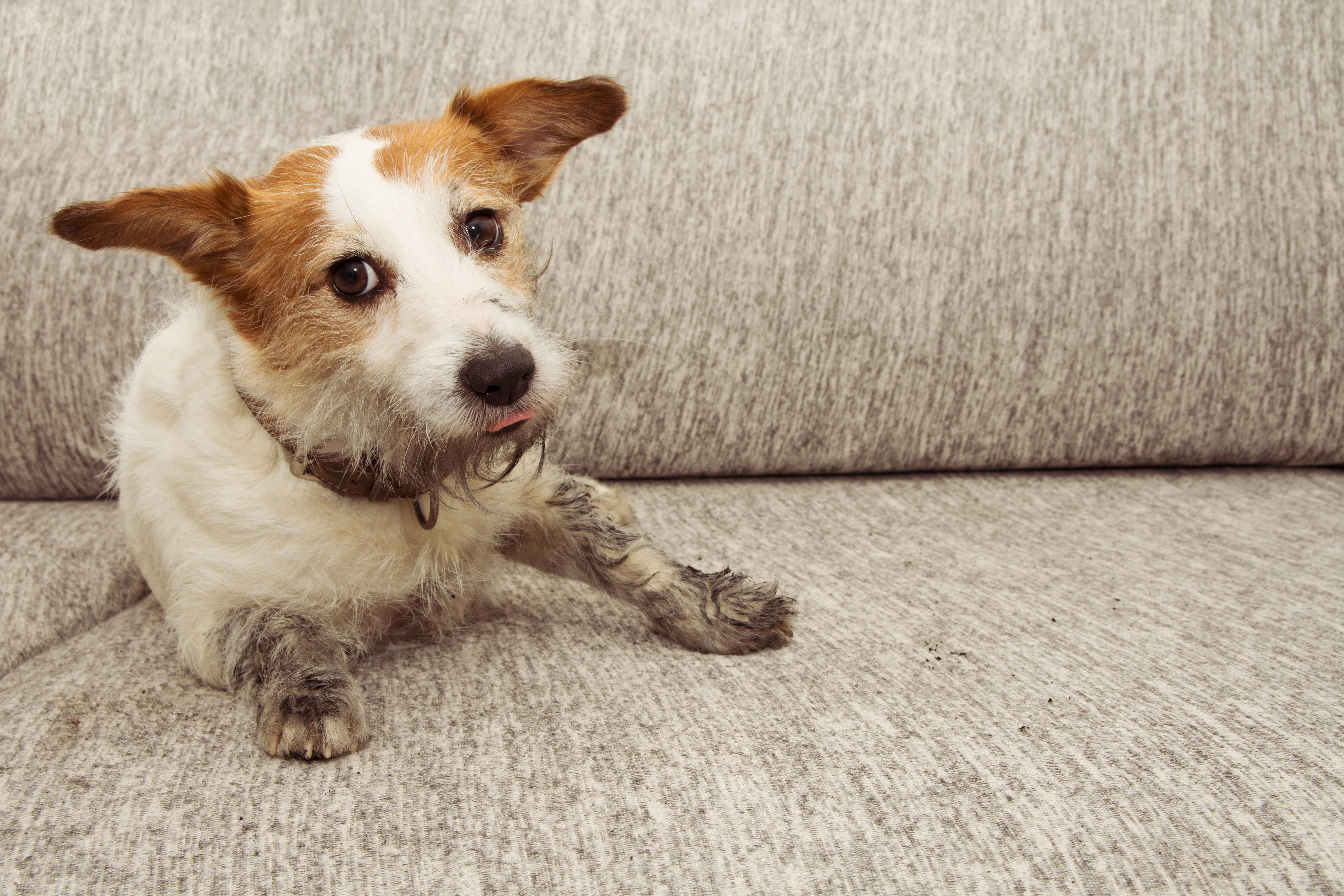
Credit: Alamy
How to keep a dog off the sofa, by top trainer Ben Randall
Fed up with Fido leaping onto the furniture — whether it's your sofa, armchair, or your bed — whenever he
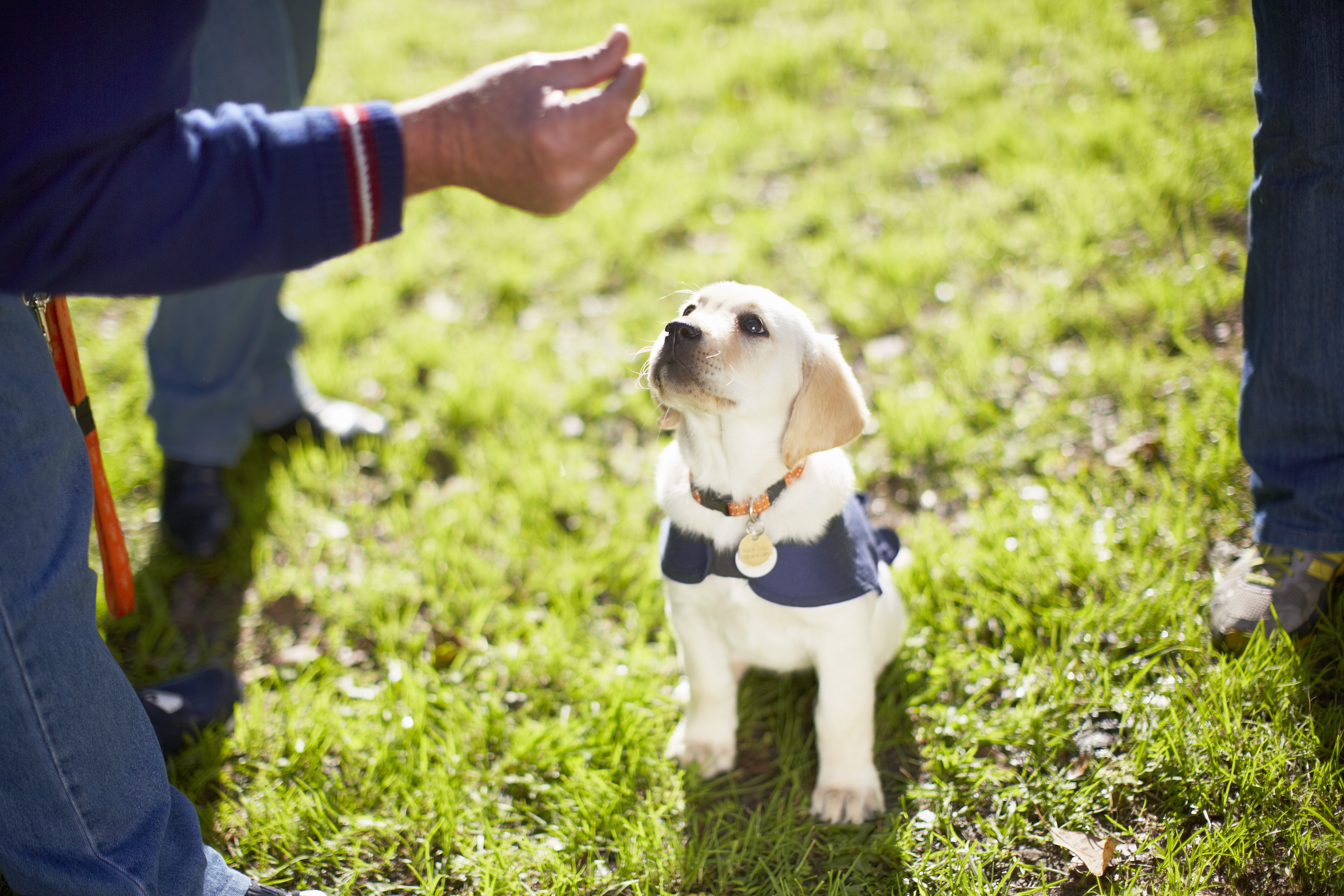
Credit: Getty Images/Westend61
How to teach a dog to sit: Five tips from leading dog trainer Ben Randall
Teaching your dog to sit is one of the most important things you can do — and it will help with
-
 Seven of the UK’s best Arts and Crafts buildings — and you can stay in all of them
Seven of the UK’s best Arts and Crafts buildings — and you can stay in all of themThe Arts and Crafts movement was an international design trend with roots in the UK — and lots of buildings built and decorated in the style have since been turned into hotels.
By Ben West
-
 A Grecian masterpiece that might be one of the nation's finest homes comes up for sale in Kent
A Grecian masterpiece that might be one of the nation's finest homes comes up for sale in KentGrade I-listed Holwood House sits in 40 acres of private parkland just 15 miles from central London. It is spectacular.
By Penny Churchill
-
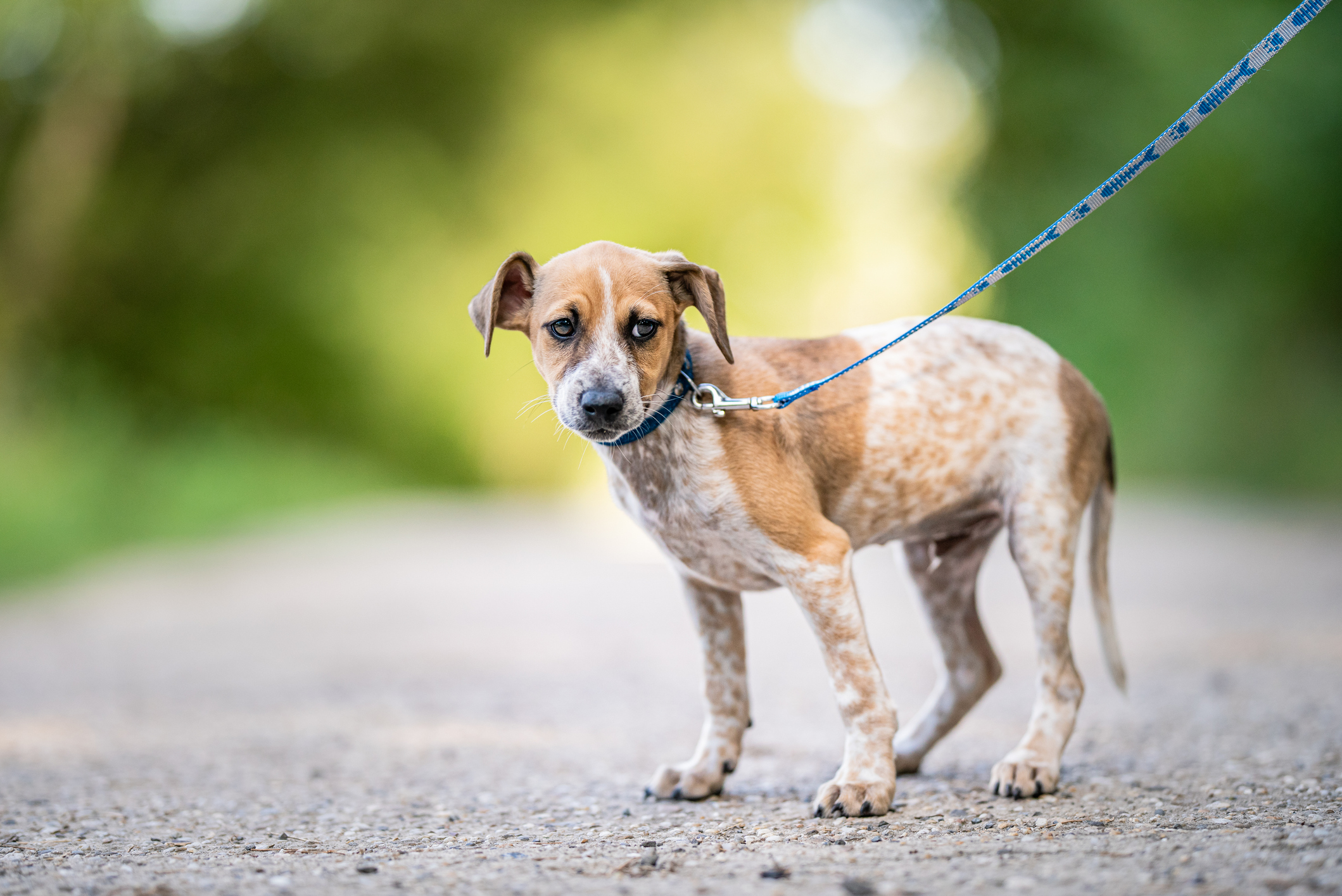 What to do when your dog gets attacked by another dog out on a walk
What to do when your dog gets attacked by another dog out on a walkBen Randall deals with a reader's difficult situation as an ordinary walk took a turn for the worse.
By Ben Randall
-
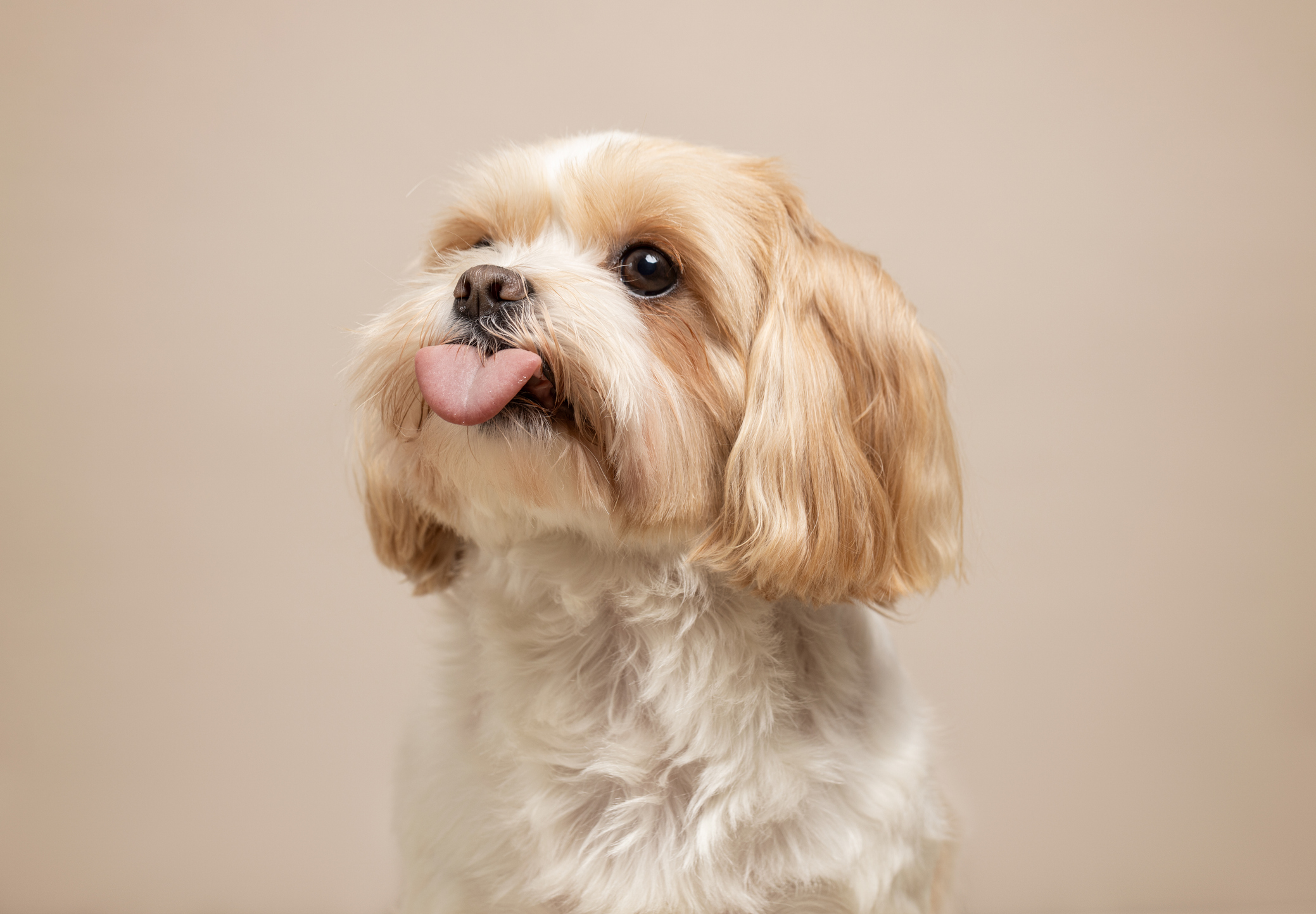 How to deal with an older dog starting to show some bad behaviour after many happy years
How to deal with an older dog starting to show some bad behaviour after many happy yearsA-list dog trainer Ben Randall helps a reader whose ageing dog has started changing its behaviour — and not for the better.
By Ben Randall
-
 Ben Randall: Ask Country Life's canine agony uncle a question about your dog
Ben Randall: Ask Country Life's canine agony uncle a question about your dogOver the past two years our award-winning dog trainer Ben Randall has been sharing his advice with Country Life readers.
By Country Life
-
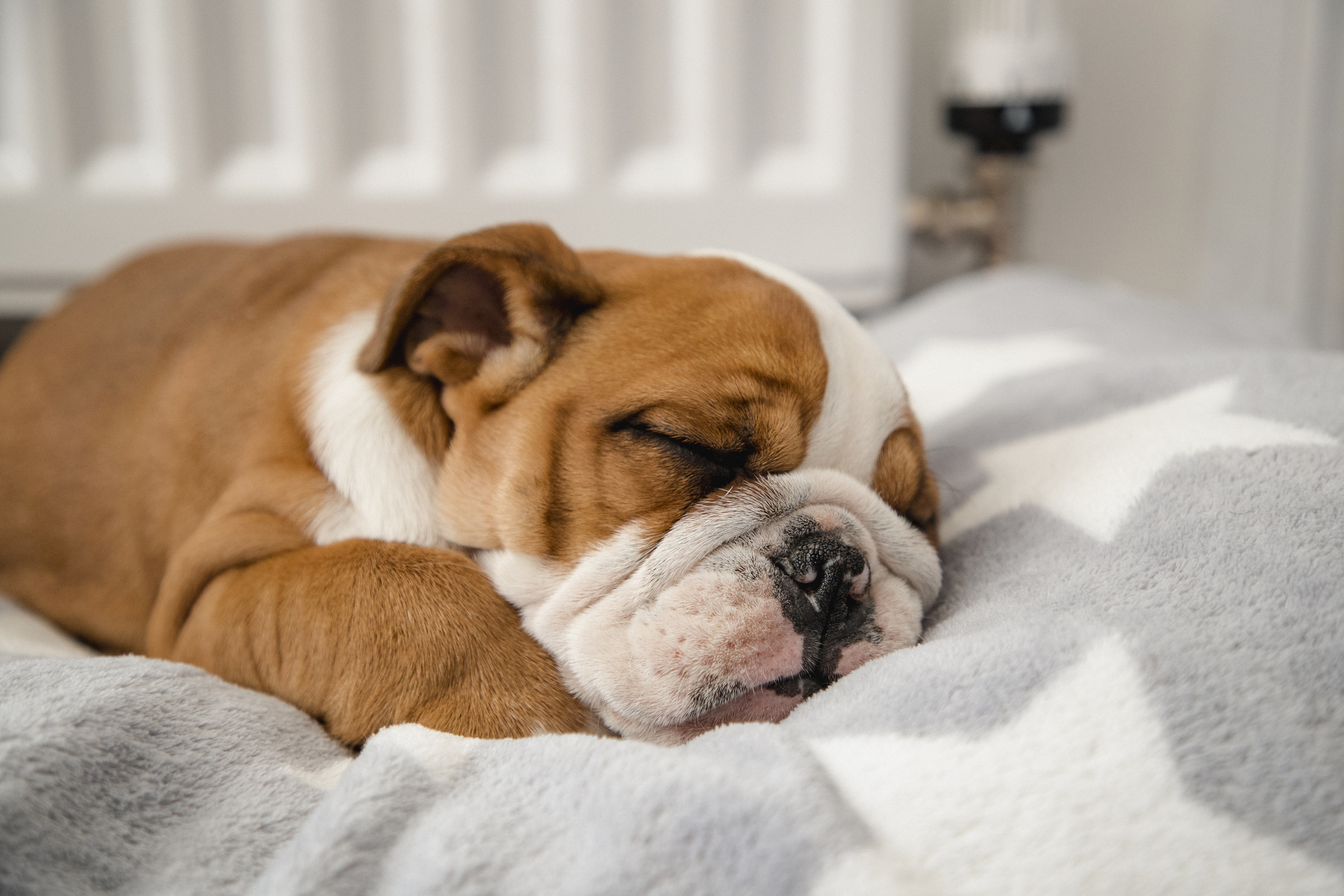 How to look after a dog who's gone deaf, by A-list trainer Ben Randall
How to look after a dog who's gone deaf, by A-list trainer Ben RandallBen Randall handles a query from a reader whose dog has lost her hearing.
By Ben Randall
-
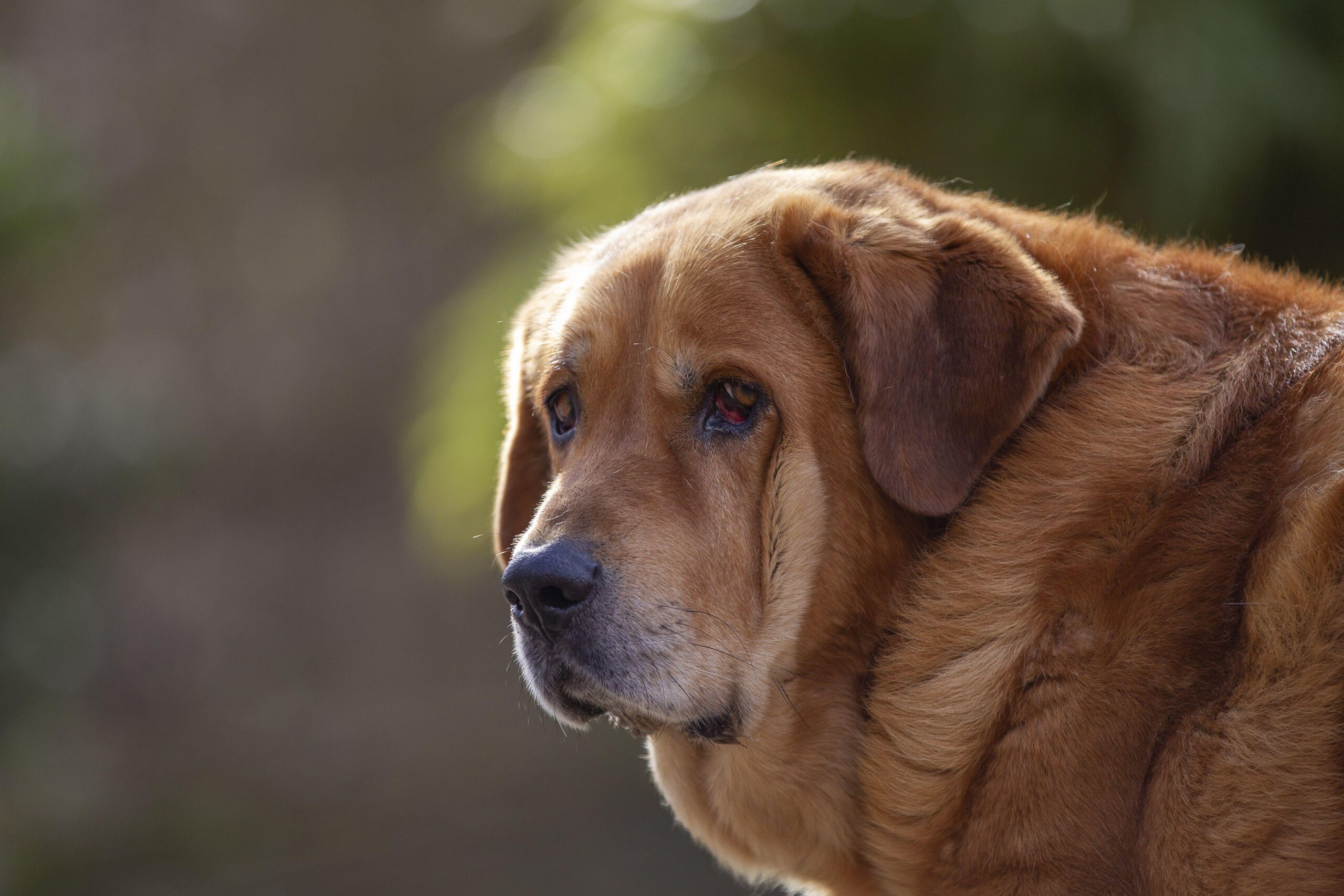 How to deal with a dog that's stronger than you are — especially when it runs off when it gets excited
How to deal with a dog that's stronger than you are — especially when it runs off when it gets excitedBen Randall tackles an issue for an owner of a dog that's almost as big as she is.
By Ben Randall
-
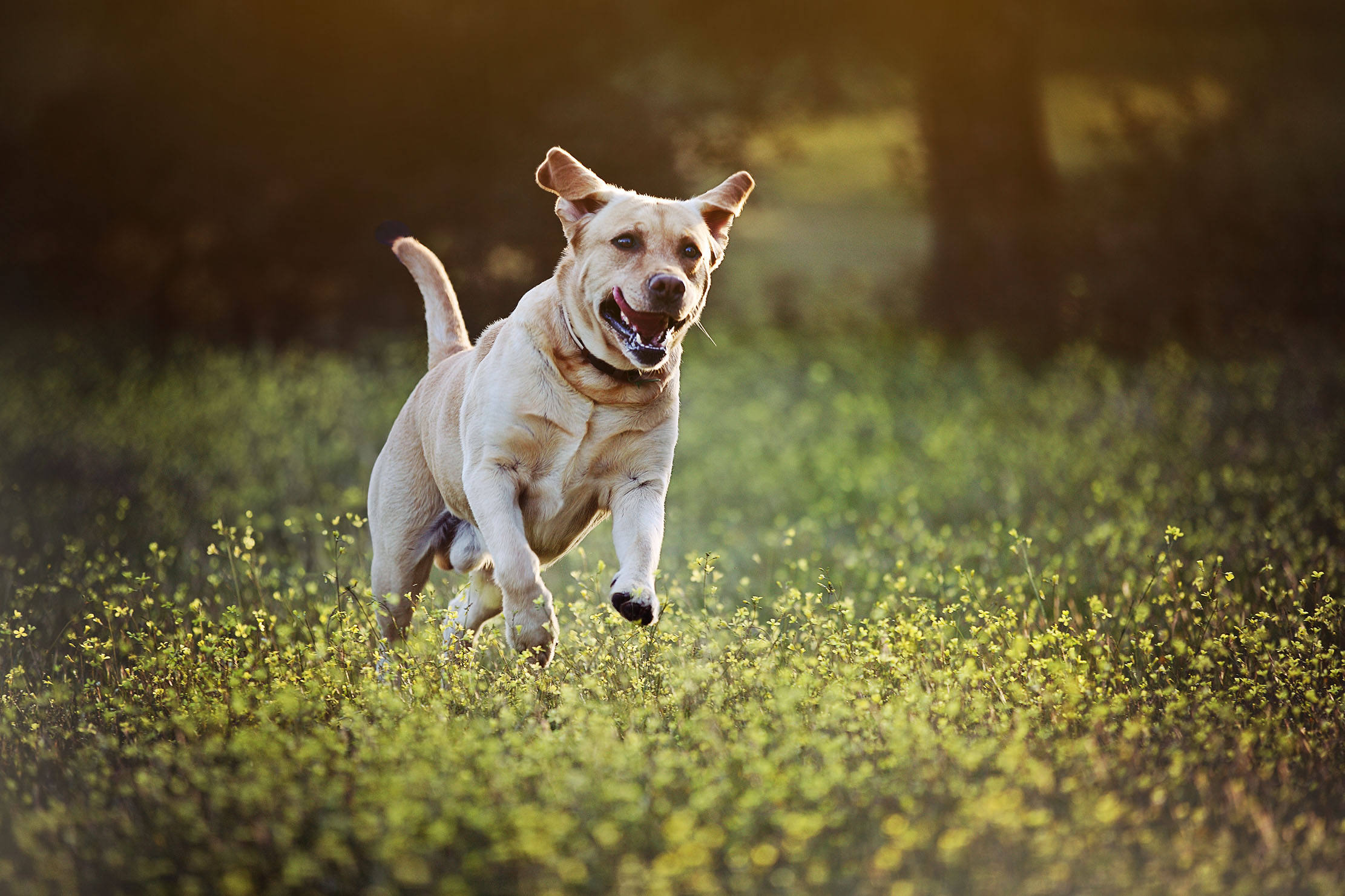 'My dog goes crazy when he sees someone with a ball launcher. How do I make him stop?': Expert trainer Ben Randall explains what to do
'My dog goes crazy when he sees someone with a ball launcher. How do I make him stop?': Expert trainer Ben Randall explains what to doTaking on a dog with ingrained bad habits can be a headache. Ben Randall explains how to retrain them to keep calm.
By Ben Randall
-
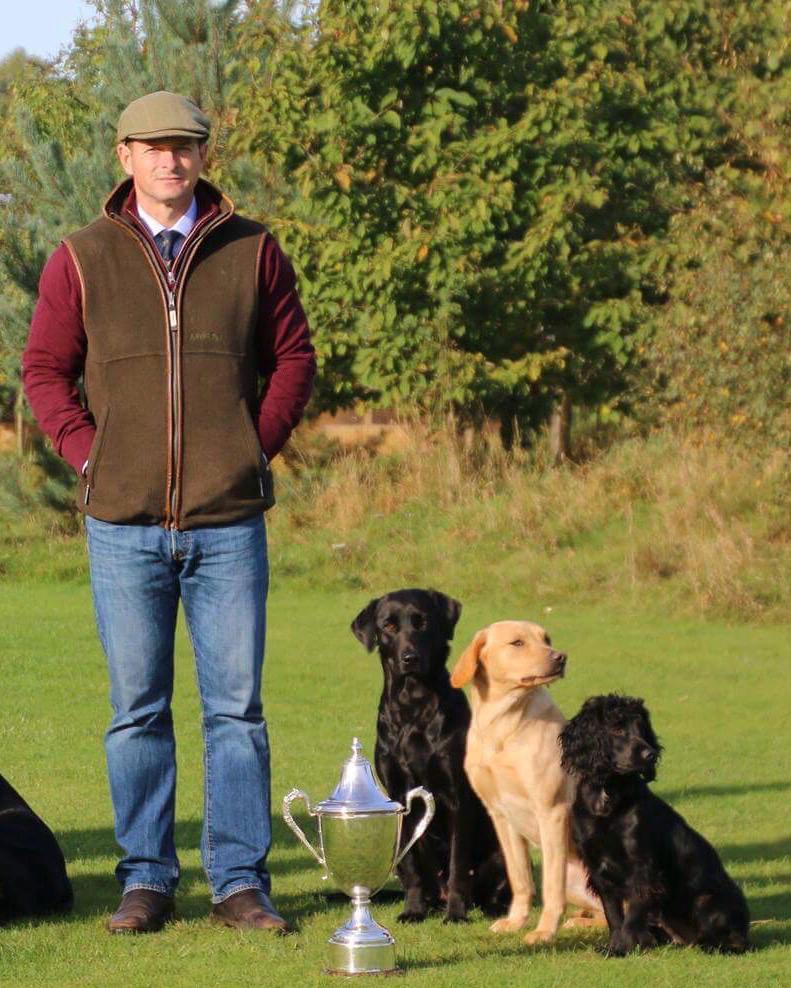 Ben Randall: Q&A with the award-winning dog trainer
Ben Randall: Q&A with the award-winning dog trainerWe speak to Country Life's canine agony uncle Ben Randall.
By Ben Randall
-
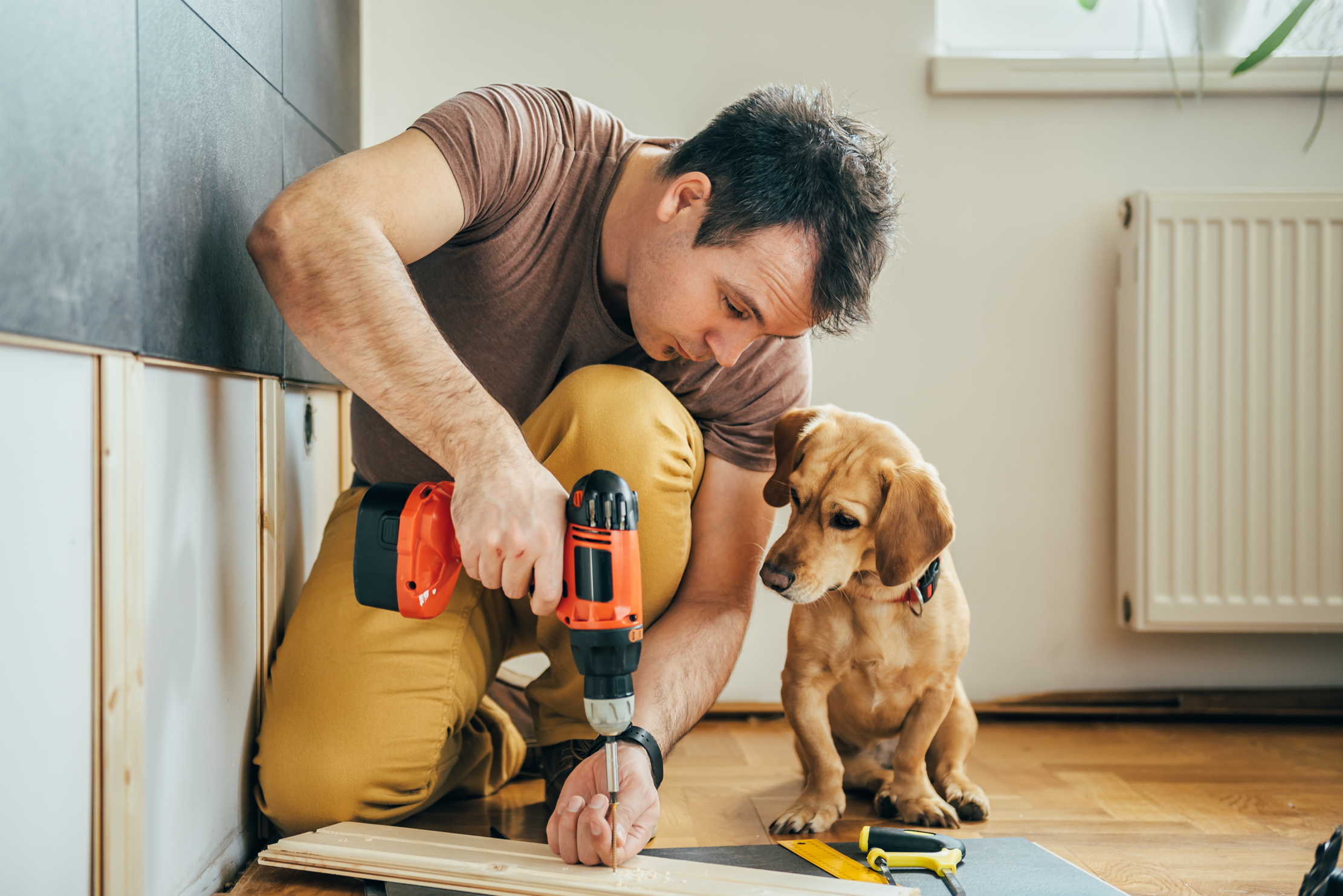 How to stop your dog from being protective and barking at builders
How to stop your dog from being protective and barking at buildersBarking can be annoying and unsettling for visitors. Ben Randall looks at how to get a little peace and quiet.
By Ben Randall